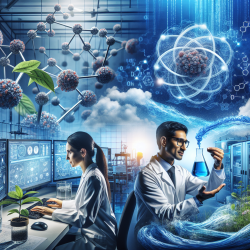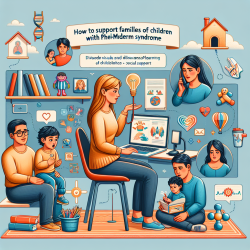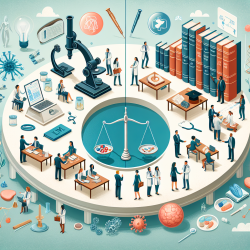As a practitioner interested in improving your skills in predictive modeling, understanding the latest research on machine learning applications can be incredibly beneficial. The recent study titled "The Utility of Machine Learning Models for Predicting Chemical Contaminants in Drinking Water: Promise, Challenges, and Opportunities" provides valuable insights into how these models can predict spatial patterns of contaminants in U.S. drinking water.
The Promise of Machine Learning in Water Quality Prediction
Machine learning algorithms have shown great potential in predicting water quality by analyzing large datasets to identify patterns and trends. The research reviewed 27 studies over the past decade, highlighting the increasing use of machine learning to predict water contaminants such as arsenic and nitrate. Random forest classification models were commonly used due to their effectiveness at a national scale.
Challenges and Opportunities
Despite the promise, the research identifies several challenges that practitioners need to address:
- Data Limitations: Many models rely on data from public sources like the USGS National Water Information System. However, data availability varies by region and contaminant.
- Modeling Techniques: Continuous models often show low predictive power compared to categorical models. This suggests a need for larger datasets and additional predictors.
- Methodological Advances: There is a lack of standard methodologies for data imputation and pre-processing across different regions.
The study emphasizes the importance of improving continuous models for potential use in epidemiological studies, which could help fill data gaps in exposure assessments for drinking water contaminants.
Implementing Research Outcomes
To enhance your skills, consider implementing some of the research outcomes:
- Focus on Data Collection: Advocate for more comprehensive data collection efforts at local levels to improve model accuracy.
- Explore Advanced Algorithms: Experiment with different machine learning algorithms beyond random forests to see which provide better predictive performance for your specific needs.
- Collaborate on Data Sharing: Engage with other researchers and institutions to promote data sharing and collaboration, which can lead to more robust predictive models.
The research also suggests that improved infrastructure for code and data sharing could accelerate advancements in this field. By contributing to open-source projects or creating repositories for shared data, you can play a part in this collaborative effort.
The Path Forward
The future of predictive modeling in drinking water quality lies in overcoming current challenges through methodological innovations and enhanced collaboration. As a practitioner, staying informed about these developments through conferences, publications, and webinars will be crucial. Additionally, engaging with networks of professionals can provide opportunities to learn from others' experiences and share your own insights.
For those interested in delving deeper into this topic, I highly recommend reading the original research paper. It provides a comprehensive overview of the current state of machine learning applications in water quality prediction and offers detailed insights into potential future directions.










